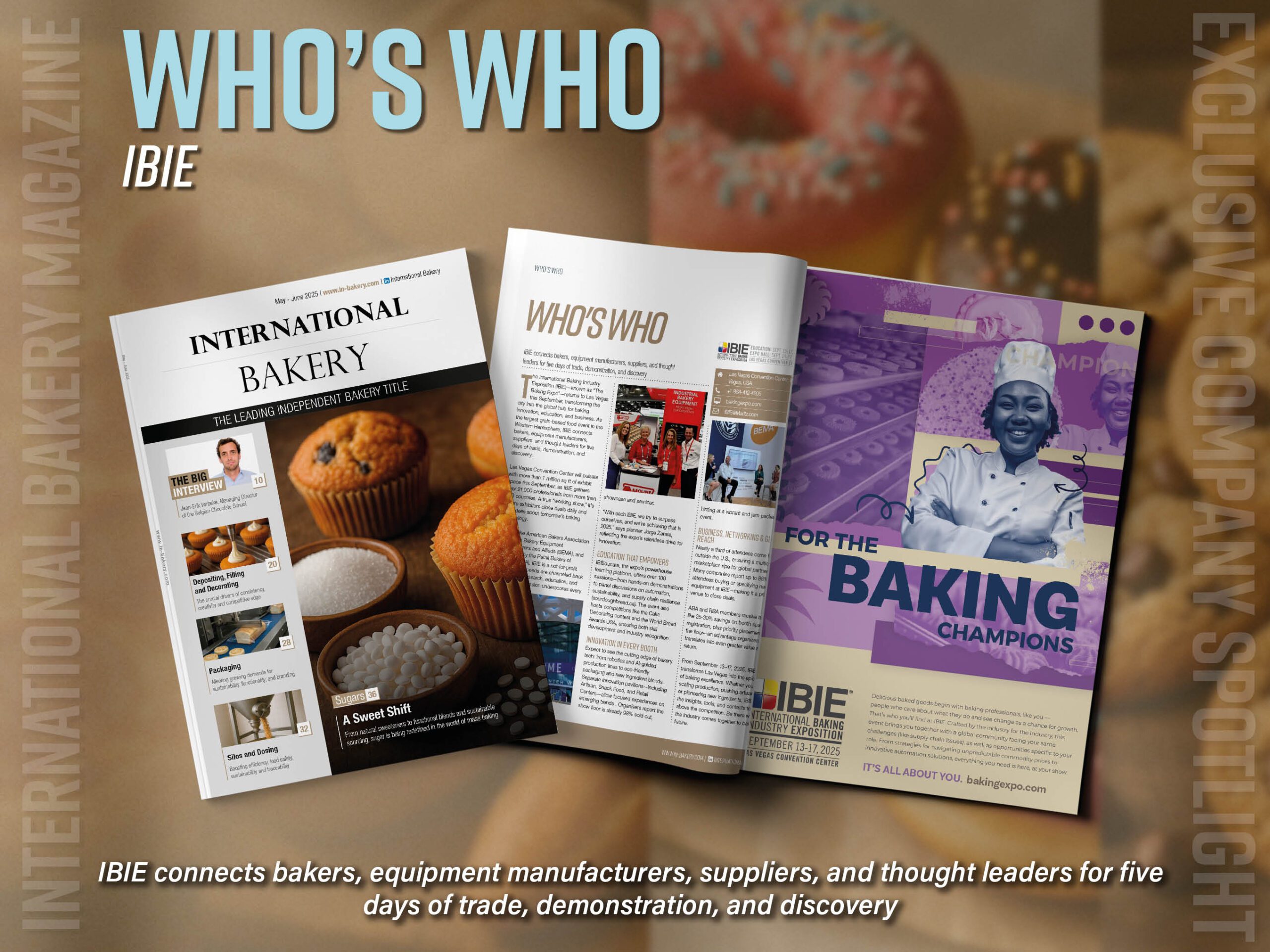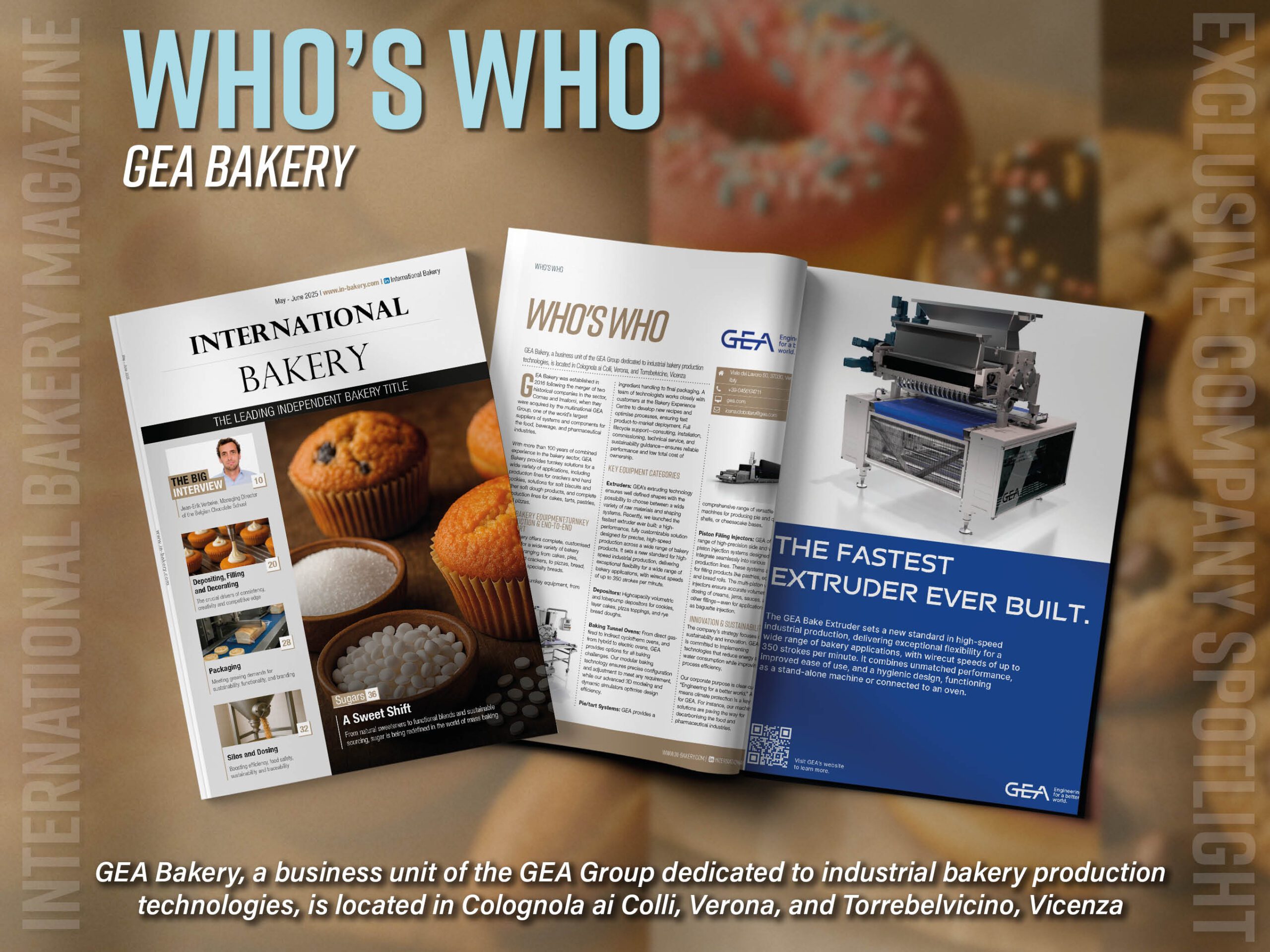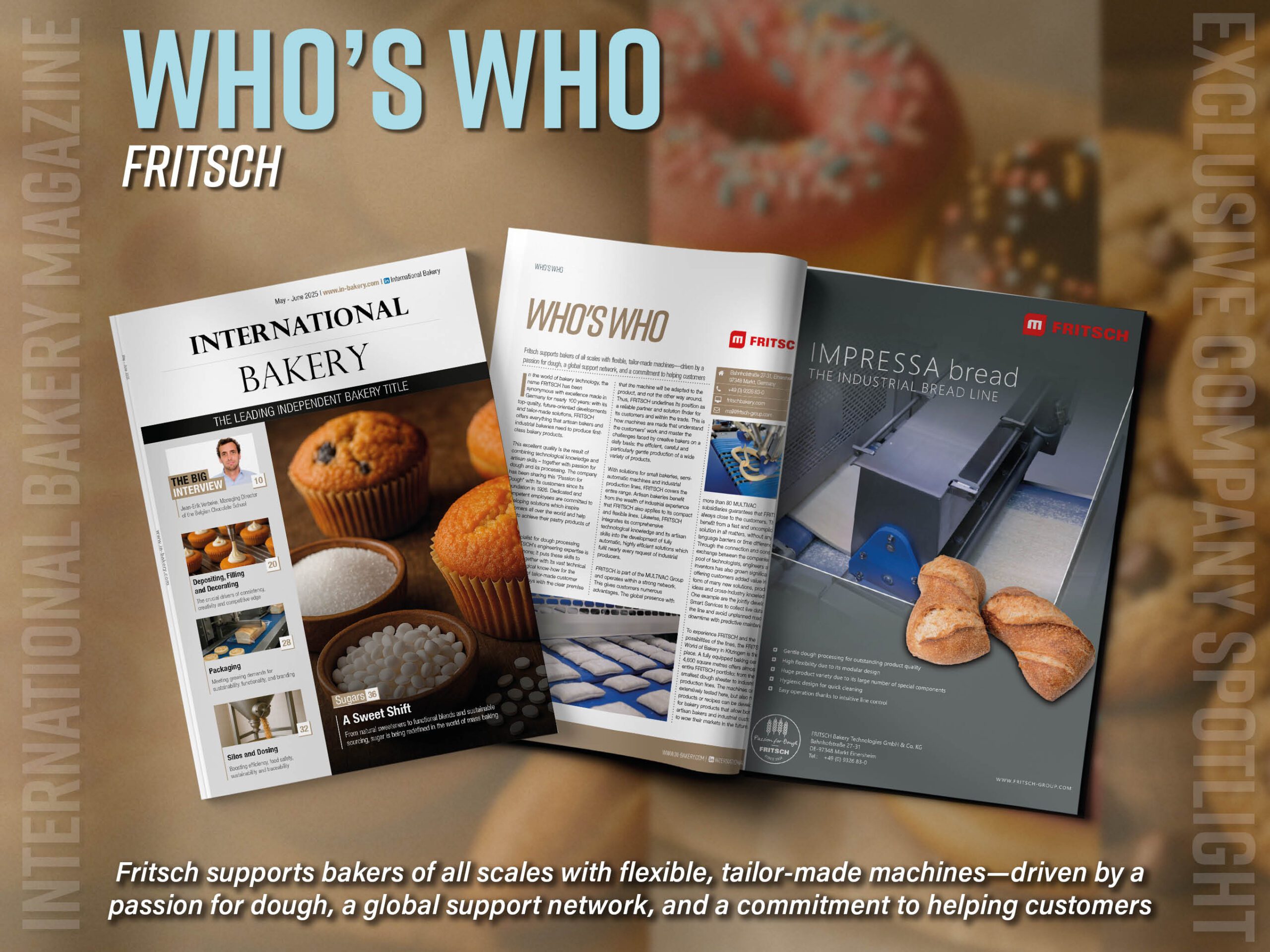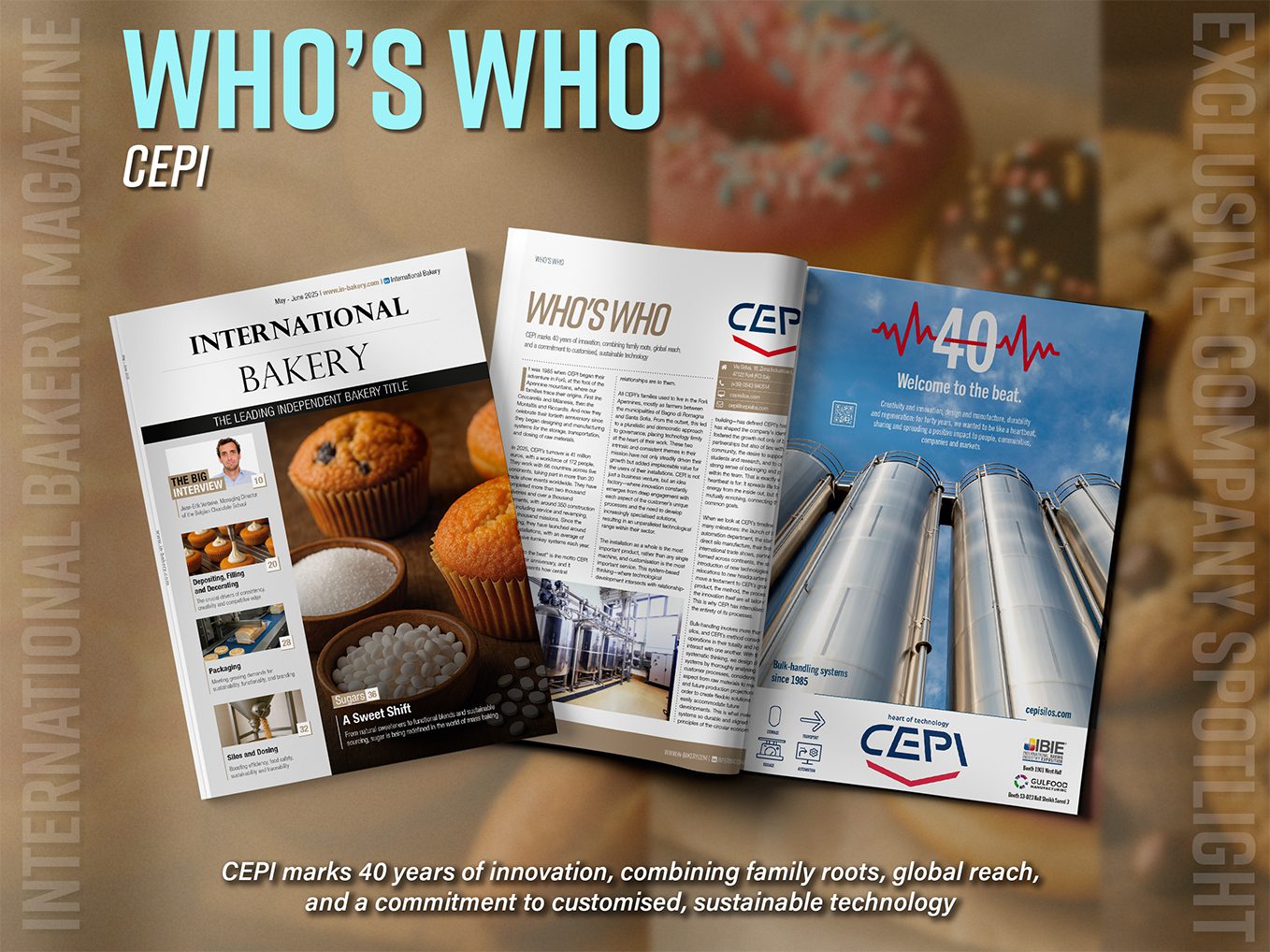A new market study published by Global Industry Analysts Inc. the market research company, today released its report titled “Food Safety Testing – Global Market Trajectory & Analytics”. The report presents fresh perspectives on opportunities and challenges in a significantly transformed post COVID-19 marketplace.
Global Food Safety Testing Market to Reach $24.4 Billion by 2026
Food safety testing assists in maintaining quality of food products, in terms of their appearance, ingredients and taste. Rising concerns over food and water safety and tightening environmental regulations are raising the need for testing contaminants, thereby generating strong demand for food safety diagnostics. The need to prevent food contamination and reduced incidence of foodborne illnesses is a major driving force for market growth. Lack of proper handling measures, inappropriate storage conditions and under cooking are major reasons for contamination of food products. This coupled with the growing need to adopt quality measures in preserved foods, dried processed products, bakery foods, ready-to-eat products and infant foods is fueling growth. The expanding processed foods industry due to increase in disposable incomes and busy lifestyles, growing food and beverage industry, and strong uptick seen in the foodservice industry are enhancing focus onto food safety testing.
Amid the COVID-19 crisis, the global market for Food Safety Testing estimated at US$19.1 Billion in the year 2022, is projected to reach a revised size of US$24.4 Billion by 2026, growing at a CAGR of 5.8% over the analysis period. Microbiological Testing, one of the segments analyzed in the report, is projected to record a 5.6% CAGR and reach US$7.1 Billion by the end of the analysis period. After a thorough analysis of the business implications of the pandemic and its induced economic crisis, growth in the Residues & Contamination Testing segment is readjusted to a revised 6% CAGR for the next 7-year period. The microbiological testing method makes use of molecular, chemical, biological and biochemical products, is utilized for detection of microorganisms in various food products. Rapid microbiological testing is increasingly finding application in the food industry, as food companies, disillusioned with existing quality control methods, resort to automated and rapid tests. Residues & contamination testing is another major category, and benefits from its ability to provide extensive quality and safety checks for detecting over-usage of chemicals like herbicides and pesticides. With the demand rising for checking contamination of poultry and meat products, the market for residues and contamination testing is witnessing growth.
Chemical & Nutritional Testing Segment to Reach $4.2 Billion by 2026
Chemical contaminants or pathogens are emerging as leading causes of foodborne illnesses. The adoption of stringent food safety regulations in various countries aimed at restricting the presence of chemical contaminants ensures steady growth opportunities in the segment. In the global Chemical & Nutritional Testing segment, USA, Canada, Japan, China and Europe will drive the 4.9% CAGR estimated for this segment. These regional markets accounting for a combined market size of US$2.6 Billion will reach a projected size of US$3.7 Billion by the close of the analysis period. China will remain among the fastest growing in this cluster of regional markets. Led by countries such as Australia, India, and South Korea, the market in Asia-Pacific is forecast to reach US$318 Million by the year 2026, while Latin America will expand at a 5.7% CAGR through the analysis period.
Stringent Regulations Set the Tone for Growth
Globally, increasingly stringent regulations are being adopted for ensuring safety of foods and beverages, which is in turn fostering the demand for food safety testing products. In addition, the participation of the private sector has also been rising. The supportive regulatory developments are progressively contributing to the growth in food safety testing for chemical residues, disease causing organisms and other pathogenic materials. With an increase in the number of countries adopting appropriate regulatory measures in food-safety testing, remarkable growth is anticipated for the near future in this front. Strict regulatory norms, especially for pathogen testing has boosted the food diagnostics sector in the global food industry. Supply chain inefficiencies, growing manufacturers’ efforts to increase shelf-life of food products to reduce wastage, and growing health awareness among consumers are driving demand for rapid food safety diagnostic procedures.
Read more of the latest industry developments in our new edition: January/February 2022 Single Issue form – International Bakery (in-bakery.com)
Media contact
Roshini Bains
Editor, International Bakery
Tel: +44 (0) 1622 823 922
Email: editor@in-bakery.com
